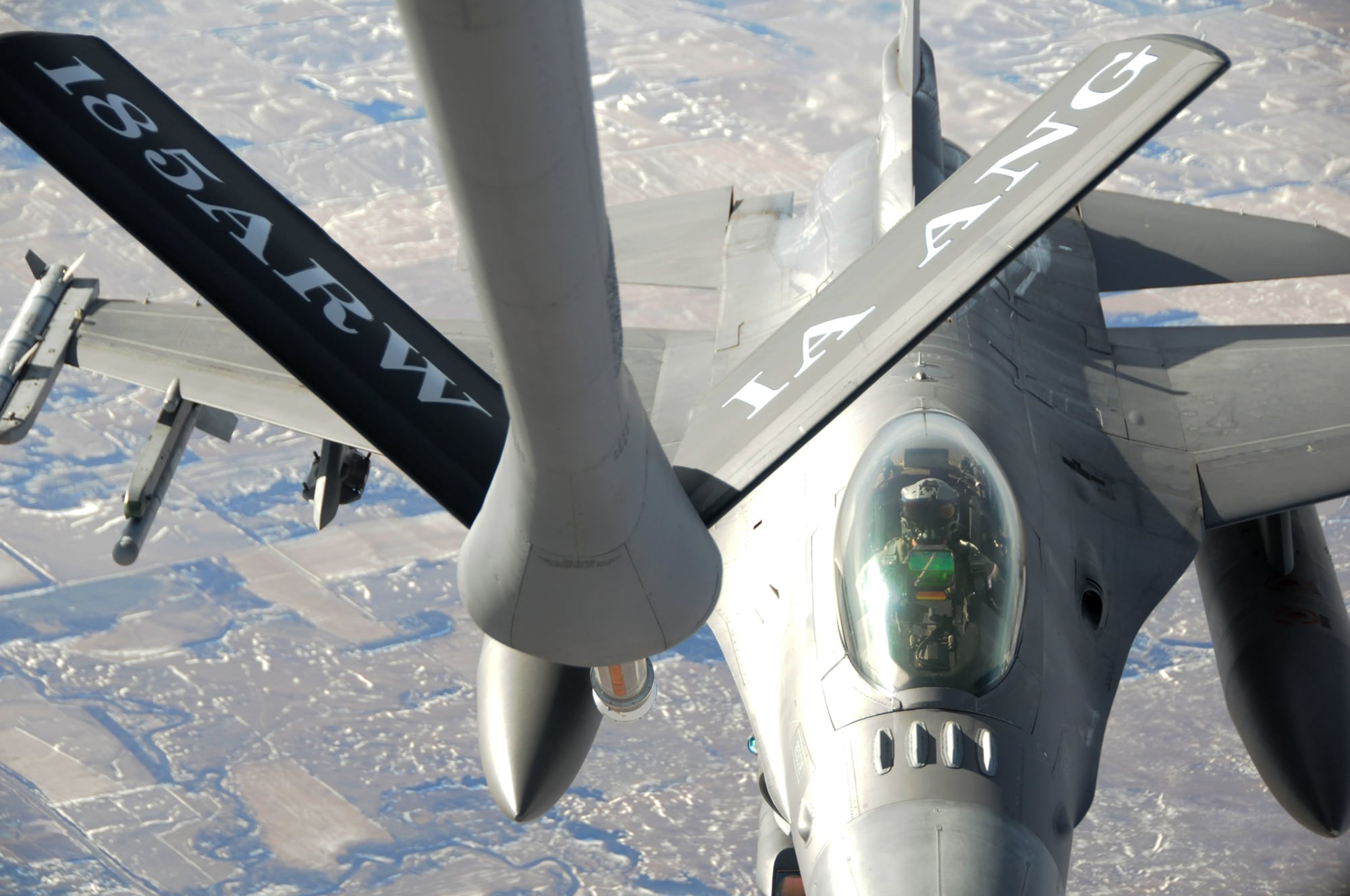WASHINGTON — Boeing and the Air Force have finalized an agreement to fix the KC-46 aerial refueling tanker’s most serious technical problem, Defense News has learned from multiple sources familiar with the matter.
The agreement puts an end to years of negotiations between the Air Force and aerospace giant over the nature and extent of redesign work needed to correct the Remote Vision System, the collection of cameras and sensors that provide boom operators the imagery needed to steer the boom into another aircraft and safely transfer fuel.
Perhaps more importantly, the deal paves a path that will allow the service to deploy the KC-46 in combat in the mid 2020s — something Air Force leaders have bristled against with the tanker in its current form.
The Air Force and Boeing have agreed on a two-phased roadmap to address RVS technical issues, said one source familiar with the agreement.
The first phase allows Boeing to continue providing incremental improvements to software and hardware that will fine-tune the imagery seen by the boom operator, the source said. The second phase — which will take years to complete — involves a comprehensive redesign of the RVS where its hardware and software will be almost completely replaced with new color cameras, advanced displays and improved computing technology.
Boeing and the Air Force both declined to comment on the matter.
RELATED

Unlike legacy tankers, where boom operators can look out a window in the back of the aircraft and rely on visual cues to steer the boom, operators in the KC-46 are completely dependent on the imagery provided by the RVS.
Although Air Force operators say the system works in most conditions — and provides a safer way to offload fuel during nighttime conditions or bad weather — certain lighting conditions can cause the RVS imagery to appear warped and misleading, contributing to cases where the boom accidentally scrapes the surface of another aircraft. That could be a safety hazard for the pilot of the plane receiving gas, and it could also potentially scrape the stealth coating off a low observable jet, eroding its ability to evade radar detection.
Under the terms of Boeing’s fixed-price firm contract and previous agreements with the service, the company will be financially responsible for paying for the entirety of the redesign effort. The company has already exceeded the $4.9 billion ceiling on the contract, and has paid more than $3.5 billion in cost overruns as technical problems have mounted.
Boeing is the system integrator for the RVS and designs its software, while the system’s cameras and sensors are primarily designed by Collins Aerospace.
Air Force’s acquisition executive Will Roper is expected to brief congressional staff on the deal this afternoon, sources said. Afterwards, the service is expected to release additional information about the deal.
Boeing delivered the first KC-46 tanker to McConnell Air Force Base, Kan., in January 2019, but the Air Force has withheld $28 million per aircraft upon delivery due to the RVS issues. So far, the company has delivered 33 tankers to the service.
Valerie Insinna is Defense News' air warfare reporter. She previously worked the Navy/congressional beats for Defense Daily, which followed almost three years as a staff writer for National Defense Magazine. Prior to that, she worked as an editorial assistant for the Tokyo Shimbun’s Washington bureau.





